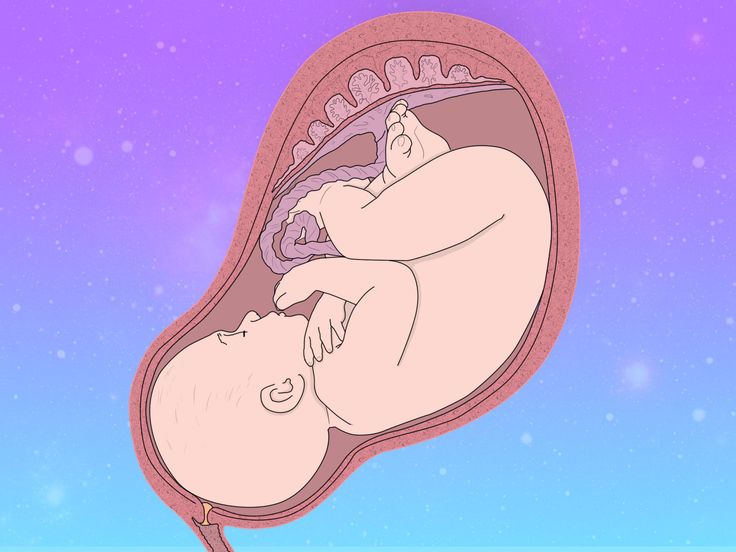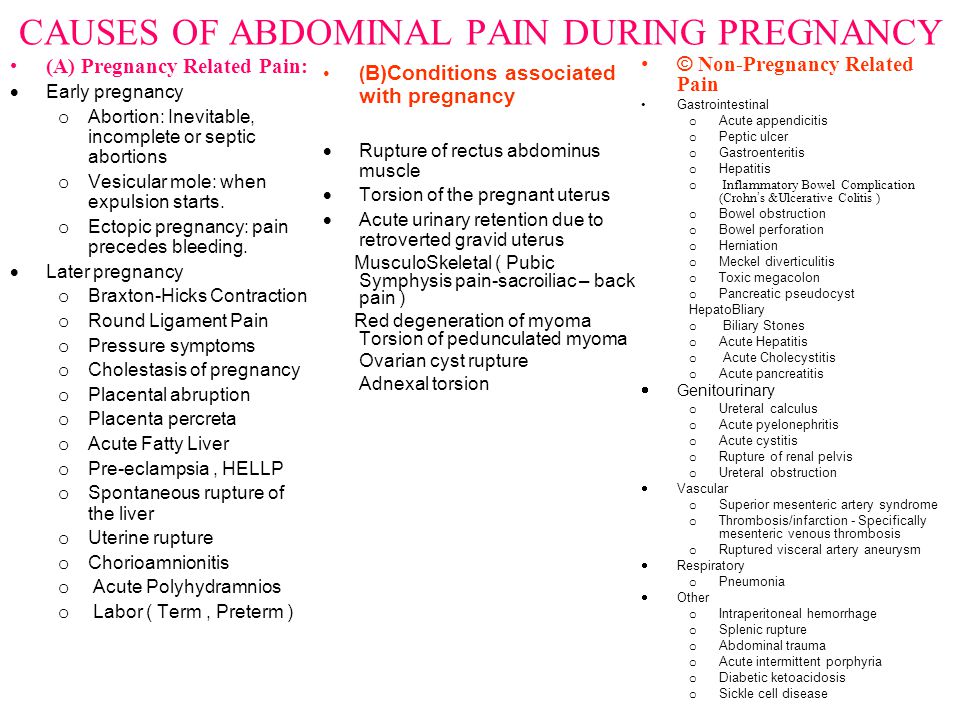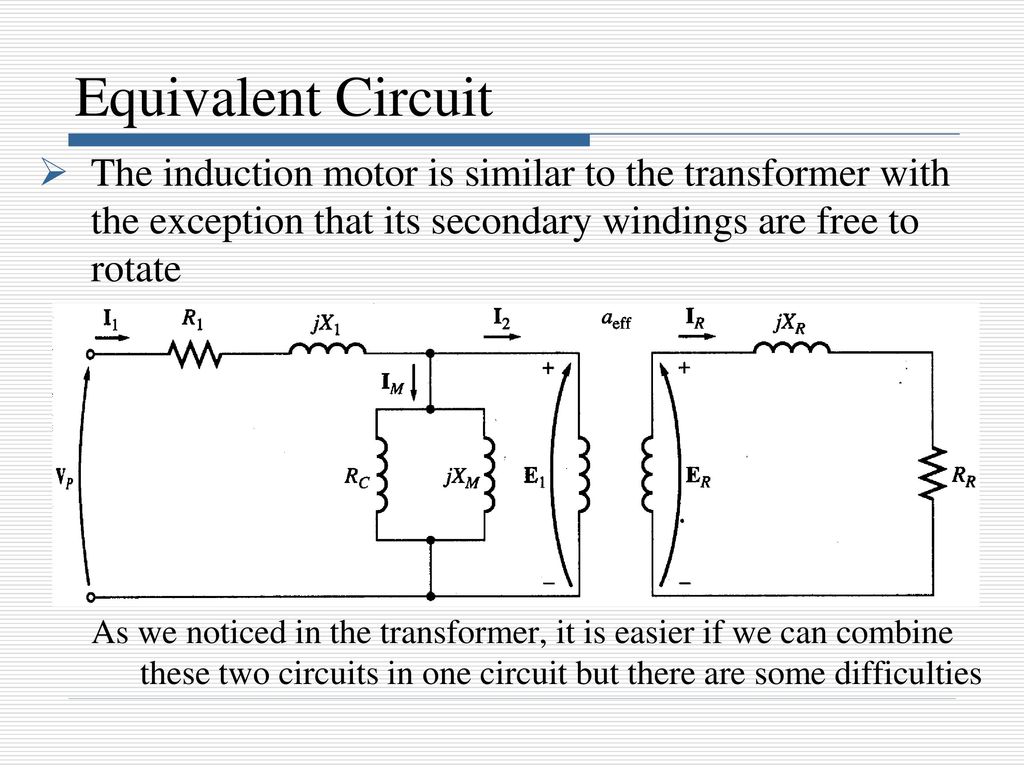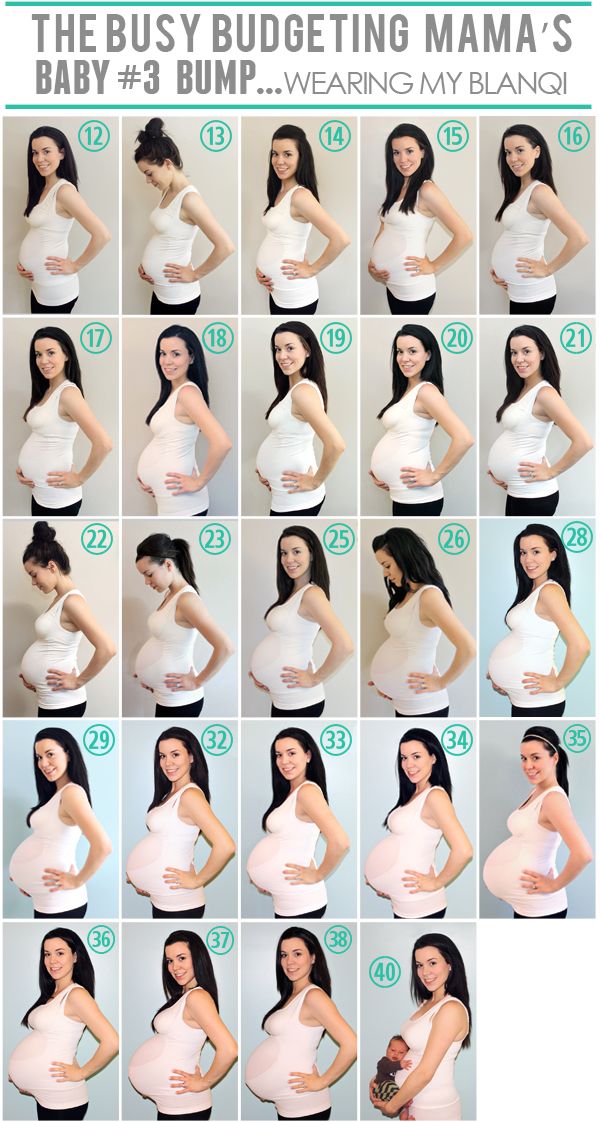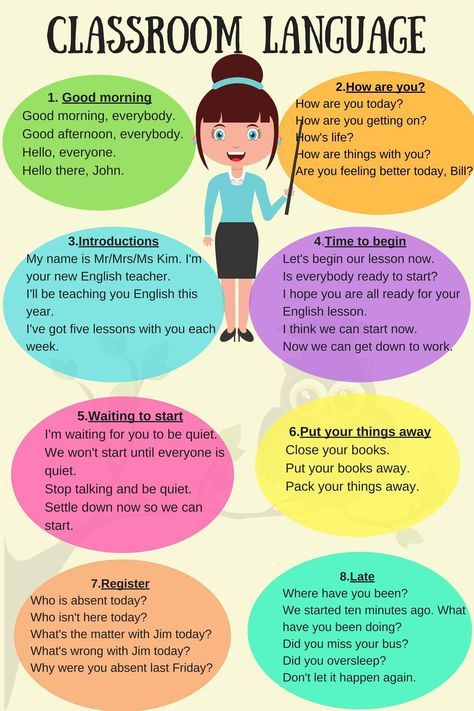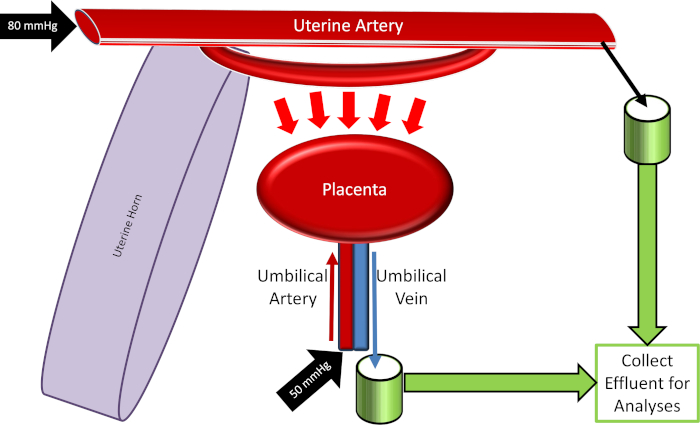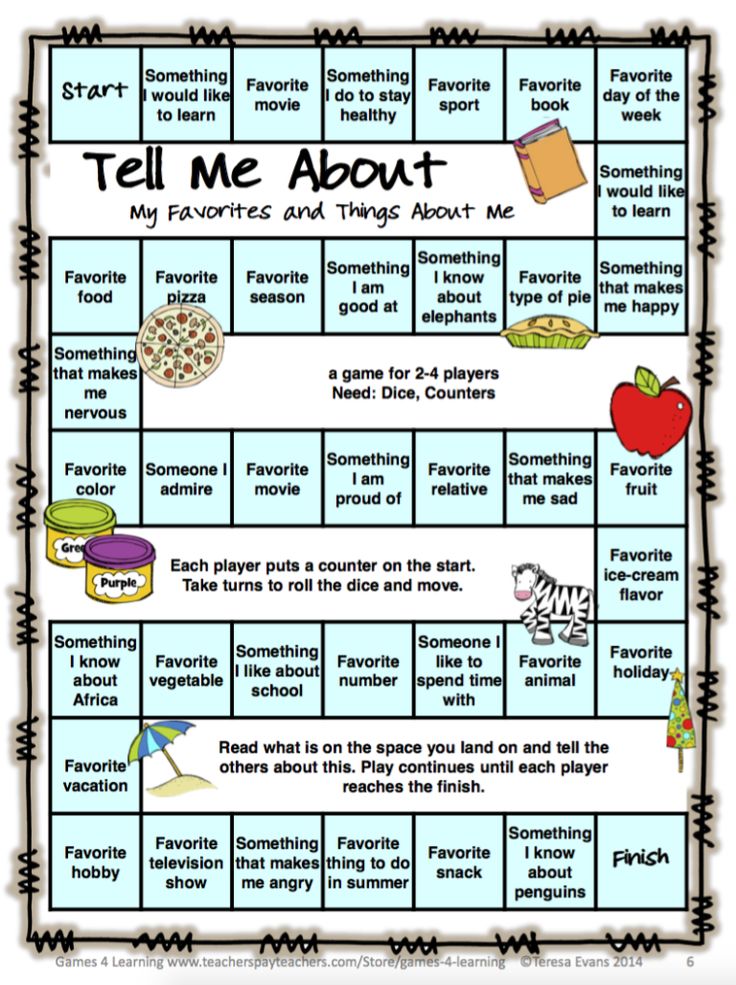When to buy breast pump
When Should You Get Your Breast Pump?
Getting ready to welcome your baby to the world takes a lot of preparation. You need to get the nursery ready, make sure you have the necessary supplies, and get any appliances set up so you understand how to use them ahead of time. One questions that many women ask themselves during this process is about breast pumps. Since you won’t need it until after deliver, when should you get your breast pump? The answer varies and often depends on your insurance provider, so it’s important to familiarize yourself with everything ahead of time.
The Benefits of Using a Breast PumpWhile you might think you won’t need a breast pump because you plan to nurse exclusively, it’s always a good thing to have on hand. Breast pumping has many benefits and will help new moms get a well-deserved break. Some of the primary benefits of using a breast pump include:
- More control over timing
- Ability to share feeding times with your partner or caregivers
- Assistance with milk supply issues
- More breaks to catch up on sleep
- Relief from engorgement
- Returning to work
Having a breast pump allows you to supply your baby with vital nutrients and immune support regardless of if you’re getting some much needed rest, back in the office, or going out for date night. It doesn’t mean that you’ll have to stop nursing, so it’s a great tool to have as a new parent.
Realistically, you can order a breast pump at any time during your pregnancy. However, since you won’t actually need to use it until you’ve delivered your baby, most women wait until they’re around the 30th week. To avoid any problems or delays, talk to your insurance provider to determine your qualification for shipping and timing. Some policies require expecting mothers to wait while others will ship one within about 30 days of their due date. If you can, get it early so that you can familiarize yourself with how it works before you have a newborn to care for.
Finding a Breast Pump That’s Best for YouBefore you order your breast pump, it’s important to take some time and consider which pump is going to be best for your lifestyle and needs. Some women prefer using a manual pump for more control while others want to be able to pump hands-free so they can work, read, or simply sit back and relax.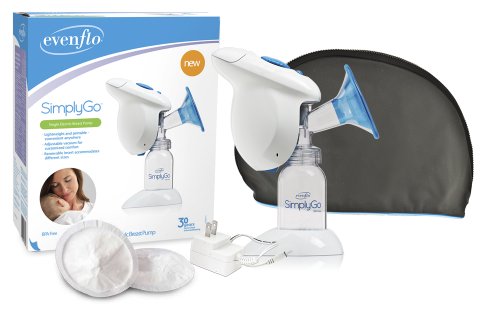 For help in selecting a breast pump, make sure that you consider all of the different features of each brand.
For help in selecting a breast pump, make sure that you consider all of the different features of each brand.
The first thing you want to consider is whether or not you’ll want a manual or electric breast pump. There are benefits to each and many women choose due to personal preferences. Manual pumps are great if you’re only going to be pumping once a day or if you’re going to be with your baby most of the time. They’re portable and straightforward to use, giving mothers a greater range of control. Electric pumps are often the preferred option if you’re going to be pumping more frequently or are planning to return to work. It’s easier to build your milk supply with an electric pump since they expel milk much more quickly. Different electric breast pumps have different features, so make sure you do your research before choosing one. If you’re having trouble breastfeeding, talk to your doctor about the benefits of a hospital-grade breast pump.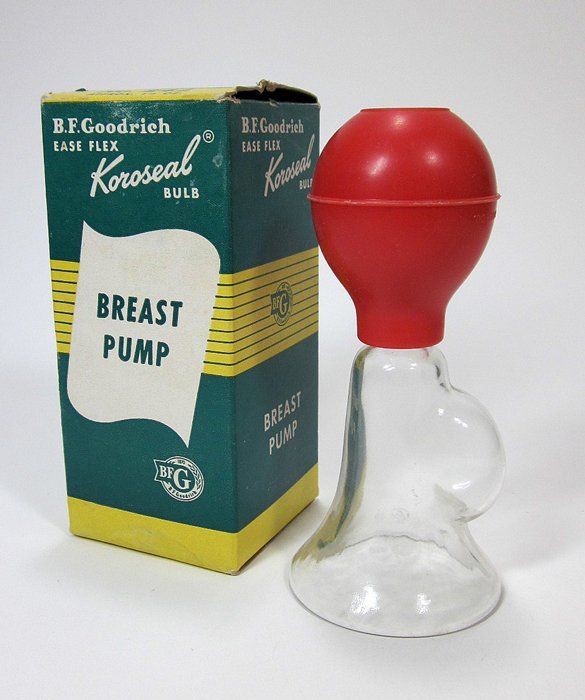
If you’re going back to work, it will be beneficial to find a breast pump that you can easily use during your workday. There are plenty of great options for electric breast pumps that can be used hands-free, so you don’t have to take multiple breaks to manually express milk.
Consider the Power SourceSome breast pumps need to be plugged in to an outlet to work, others come equipped with a battery pack. Make sure that you know what you need and consider the type of power source that will work best for you. If you don’t want to be restricted with an outlet, get a pump that runs on batteries.
Compare Weight and PortabilityIf you’re only going to be pumping at home, weight and portability won’t make much of a difference. However, chances are you’re going to want something that’s lightweight and easy to transport. Since portable pumps can still be used sitting down and relaxing, it’s a good way to make sure that you have options.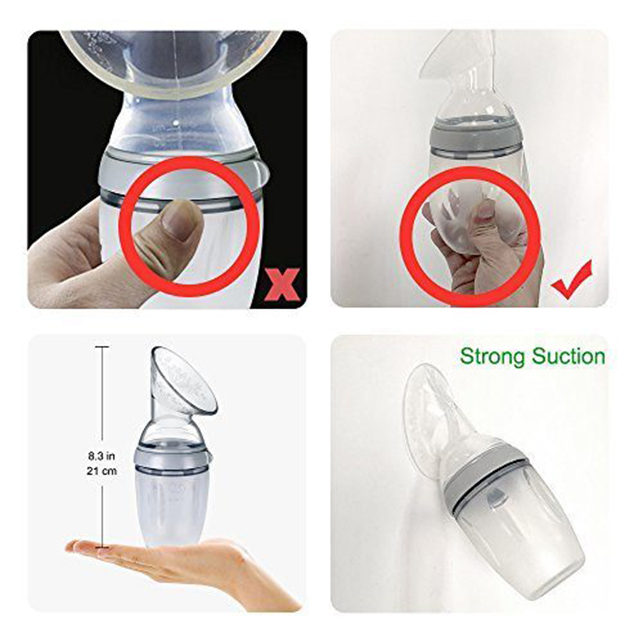
While it can be tempting to get a used breast pump to save money, avoid doing so. Breast pumps are intimate tools and buying a used one, even if it’s been thoroughly cleaned, still comes with a risk of transferring bacteria. Your insurance provider is required to cover some, if not all, of your breast pump. If you aren’t currently insured, look at your options for open enrollment. If that’s not possible, then price may be an important factor in your decision. Just remember, an efficient breast pump is a great investment for mothers-to-be and can help you get the most out of breastfeeding.
Closed System PumpsWhile most manufacturers are making the switch to closed system pumps, it’s still important to double check. Open system pumps are more likely to leak and moisten internal parts, making mold and mildew growth highly susceptible. Double check that the pump you like is a closed system pump to avoid problems down the road.
There’s no pump on the market that’s best for everyone. It’s all about determining your needs and what will work best for you. Each pump is geared toward different moms, so don’t feel pressured to get the same pump as your friend or relative. Everyone is different and that’s okay.
Getting a Breast Pump Through Insurance
Thanks to the Affordable Care Act, health insurance providers are required to offer breastfeeding support, supplies, and any counseling to expecting or lactating women. This includes breast pumps. While your coverage will vary depending on your insurance provider and healthcare plan, you should be able to find at least one breast pump that’s covered completely, making it free of cost to you. Breast pumps are not applied to a deductible and there is no co-pay or co-insurance. If you find a breast pump that you like that’s not covered completely, your insurance provider may cover at least some of the total, drastically reducing your out-of-pocket cost. Be aware that there are limitations as well as exceptions to eligibility, so before you start looking, call your insurance provider to confirm your coverage and better understand the process you’re required to complete. During this call, don’t be afraid to ask questions. Ask about any qualifications you need to meet, whether or not you can rent a pump, when you’ll be able to order a pump, and your availability to hospital-grade pumps. The more questions you ask, the more information you’ll have. Plus, knowing what you’re eligible to receive before you start researching pumps can make the entire process more refined and less overwhelming.
Be aware that there are limitations as well as exceptions to eligibility, so before you start looking, call your insurance provider to confirm your coverage and better understand the process you’re required to complete. During this call, don’t be afraid to ask questions. Ask about any qualifications you need to meet, whether or not you can rent a pump, when you’ll be able to order a pump, and your availability to hospital-grade pumps. The more questions you ask, the more information you’ll have. Plus, knowing what you’re eligible to receive before you start researching pumps can make the entire process more refined and less overwhelming.
Once you’ve gotten a better understanding of how your insurance provider works, it’s time to start looking at your options. Do your research on the different types of breast pumps available—there are hundreds currently on the market. Compare different models, look into unique features, and ask your friends or family members about their pumps. Think about your accessibility needs, noise levels, portability, and other important features discussed above.
When you’ve found a breast pump that fits the parameters of your insurance provider, it’s time to find a medical supply company. Make sure that you choose a reputable company like Byram Healthcare to ensure that you receive high quality products, seamless insurance support, with fast and reliable shipping. When you place your order with Byram Healthcare, you can expect to receive delivery within 4-7 business days depending on your insurance specifications.
When to Start Using a Breast PumpIf you receive your breast pump while you’re still pregnant, don’t start just yet. Pumping can actually induce labor so you should wait until the 37th week of your pregnancy unless your doctor tells you otherwise. You can technically start using your breast pump as soon as you’ve delivered your baby but remember that this is an excellent time to practice nursing and bond with skin-to-skin contact. If you have trouble nursing, ask your doctor about recommendations for a lactation consultant to help.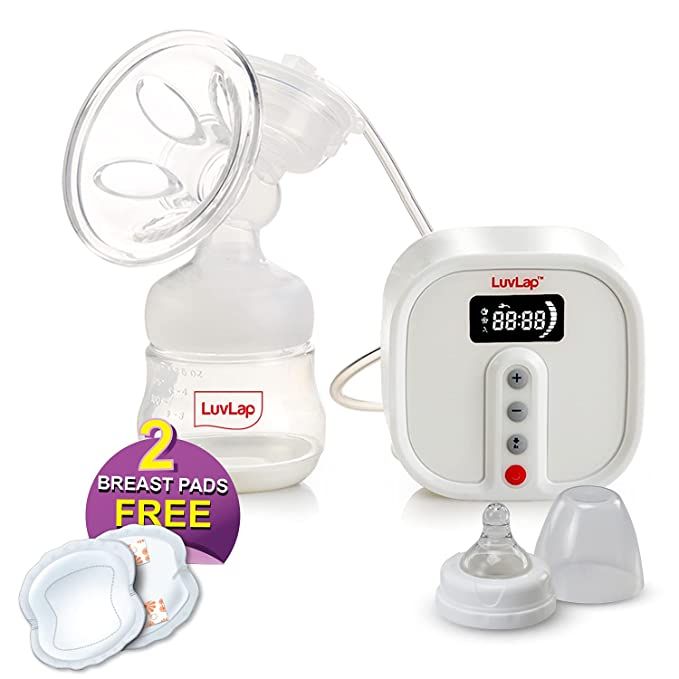 When you’ve gotten the hang of things and are ready to share the feeding experience, start pumping and building up your milk supply.
When you’ve gotten the hang of things and are ready to share the feeding experience, start pumping and building up your milk supply.
Always check with your insurance provider about delivery times and when you find one you like, order it. While you won’t be using it until after your baby is born, it’s a great idea to get acclimated with all of the moving parts ahead of time. If you need any support or are looking to find the perfect breast pump through your insurance coverage, Byram Healthcare is here to help.
Before or after...when's the best time to buy your breast pump.
- Breastfeeding support and Information
If you’re pregnant, you may have already started thinking about breastfeeding. You may even have a breastfeeding plan in place. But if you’re considering buying a breast pump while you’re pregnant or adding it to your registry, our advice is to wait.
There is comfort in feeling prepared. However, it’s tough to know what you need before your baby arrives. There are so many variables that will make your breastfeeding experience unique, and you won’t know the answers until after you hold your precious bundle in your arms. What if you have breastfeeding challenges and need a hospital grade pump for an extended time? What if your baby refuses the bottle no matter what you try? The choices can be quite overwhelming: single, double, manual, electric, hospital grade, etc.
There are so many variables that will make your breastfeeding experience unique, and you won’t know the answers until after you hold your precious bundle in your arms. What if you have breastfeeding challenges and need a hospital grade pump for an extended time? What if your baby refuses the bottle no matter what you try? The choices can be quite overwhelming: single, double, manual, electric, hospital grade, etc.
Here are a few things to consider when determining what type of breast pump to buy:
Are you planning to use your pump for occasional feedings or are you planning to pump exclusively? If you are planning to exclusively breastfeed with the odd bottle given by dad, grandma, etc., then a manual pump will likely do the trick.
A manual pump uses hand-operation to create suction. You can collect as little or as much milk as you desire (comparable to an electric pump) but it is more time consuming and labour-intensive. Manual pumps can be great for travel as they don’t require a power source, or if you are planning to only pump occasionally.
If you plan to go back to work while you are still breastfeeding, a double electric pump is a no-brainer. It’s a particularly wise investment if you will be exclusively pumping or if this is your first child and you are planning for more in the future. It will undoubtedly become one of the more useful tools in your parenting arsenal!
Double electric pump: These pumps are run by a motor, either plug-in or battery-operated , and allow for pumping both breasts simultaneously with the motor doing the work for you. This will allow you to express more milk in a shorter period of time. Convenient and time-saving, a double electric pump is ideal for busy moms and frequent pumping.
Do your research!
Breastfeeding is a natural, unique, and rewarding experience for most families. Some will struggle and some won’t, every experience is unique. Should you decide to pump, keep in mind that a pump cannot replace skin-to-skin contact and all the benefits to mom and baby that come with it.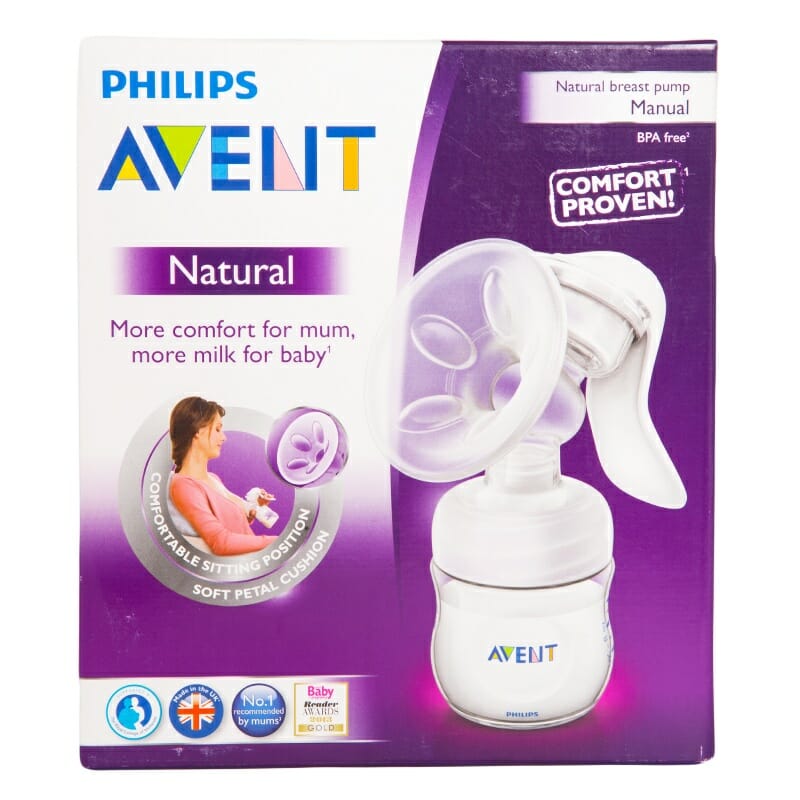 Enjoy your pregnancy and when you start thinking about breastfeeding make sure you do your research. Take the time to really consider which pump fits you and your baby’s needs. And buy when the time is right. Breast pumps don’t usually go on sale and waiting until after you have your baby won’t change that.
Enjoy your pregnancy and when you start thinking about breastfeeding make sure you do your research. Take the time to really consider which pump fits you and your baby’s needs. And buy when the time is right. Breast pumps don’t usually go on sale and waiting until after you have your baby won’t change that.
Good luck and happy feeding!
Related Products
When a breast pump is needed
In this article we will try to figure out when a breast pump is needed and whether it is really needed as it is commonly believed.
Quite often, mothers ask themselves the question of buying a breast pump in the last weeks of pregnancy, they think for a long time whether they need it or not, in what situations a breast pump is needed, and in the end, after listening to the advice of relatives, friends, and having read horrors on the Internet on "mother's" forums, they are in a hurry to buy a breast pump in order to be fully armed already in the maternity hospital.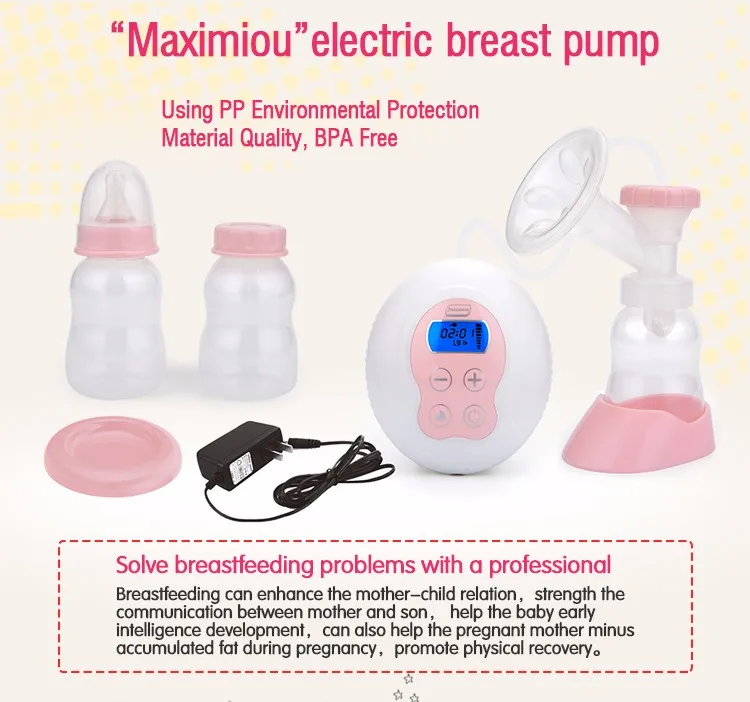 nine0003
nine0003
We want to reassure you: it is not necessary to buy a breast pump, because there is a very high probability that you will never need one. And if needed, then for a week or two, and this is also no reason to spend a lot of money on its purchase.
First of all, I note: the breast pump was invented not to replace breastfeeding, but only to make life easier for a mother who has some problems with lactation.
If you have started breastfeeding correctly from the first days, you have never had any unpleasant sensations when breastfeeding, you do not know what milk stasis is and do not plan to leave your baby, believe me - you are a happy person! You do not need a breast pump, this article is not for you, and you can safely go to other pages of our site to see how your baby can be entertained.
But there are cases in which you simply cannot do without a breast pump, it becomes a real salvation for a young mother. nine0003
nine0003
So,
Situations in life are different, and sometimes a mother simply does not have the opportunity to breastfeed her baby, but she wants to maintain lactation and give her baby breast milk.
This happens for various reasons, and now we will look at the most common situations when a breast pump is really needed and try to decide in which cases we should buy a breast pump, and when buying one would be a waste of money.
There are several reasons why you should use this miracle of technology. And a breast pump will really save you in the following cases:
Hyperlactation
As a rule, when feeding the baby on demand, lactation stabilizes fairly quickly, and milk is produced according to the needs of the child, without excess or deficiency. With normal lactation, it is impossible to express any remaining milk after feeding the baby - it is simply not there.
But very often young and inexperienced mothers draw false conclusions after such pumping, and start pumping hard "so that the milk comes.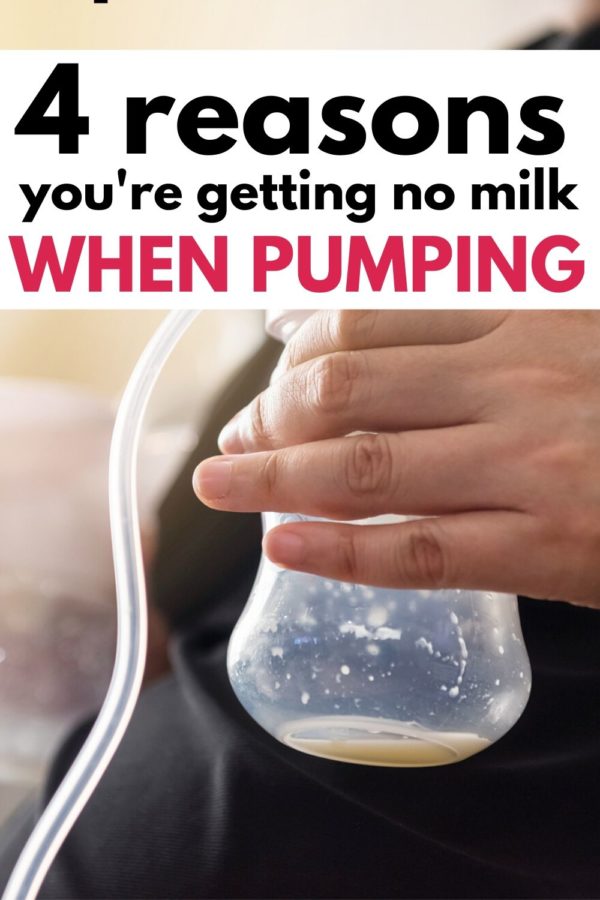 " Not the last role is played by the advice of older and "competent" grandmothers in this matter: "after each feeding, it is necessary to express to the last drop in order to prevent mastitis, lactostasis and other horrors" that supposedly await the mother otherwise. nine0003
" Not the last role is played by the advice of older and "competent" grandmothers in this matter: "after each feeding, it is necessary to express to the last drop in order to prevent mastitis, lactostasis and other horrors" that supposedly await the mother otherwise. nine0003
And then the mother falls into a trap: the body does not understand that milk was expressed artificially, and therefore the brain receives impulses about the amount of milk eaten by the baby and sends a command to produce as much milk as necessary. More and more milk comes, the child is not able to cope with such an amount, the chest turns to stone, the temperature rises.
You can't even dream of being able to express milk manually in such cases. In addition to being a hell of a pain, it is also very long and uncomfortable. nine0003
A breast pump is not just a must, it will be your savior .
But there are certain nuances here too: often mothers strive to express absolutely all the milk, and the breast pump, instead of helping to solve the problem, turns pumping into a vicious circle: the more milk you express, the more milk comes next time, and it seems that it can't be stopped.
To prevent this,
Baby Service Tip: Express only until you feel relief in your chest, leaving a certain amount of milk. Then the endocrine system will receive a signal that excess milk is being produced, and it is not necessary to produce it.
As a rule, it does not take much time to establish lactation and return to a normal feeding regimen: only a week or two. Of course, buying a breast pump in this case is throwing money away. I would advise you to rent an electric two-phase breast pump. When used correctly, it will quickly cope with hyperlactation, and you will forget about all these horrors once and for all. nine0003
A mechanical breast pump is unlikely to cope with such a problem.
Laktostasis
Little information: lactostasis is a blockage of the milk duct. The woman's breast is divided into several parts (15-25), each share goes through the duct to the nipple.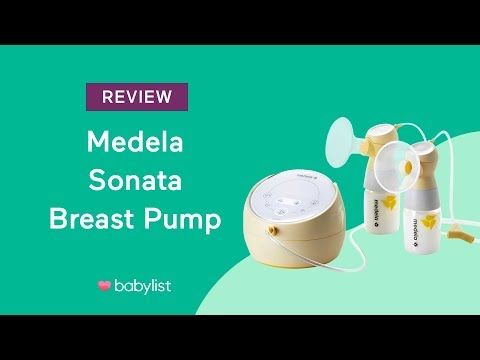 If any of these ducts is pinched, then the release of milk is complicated and a kind of milk cork is formed, which does not allow milk to flow normally from this duct. This place swells, painful sensations appear. nine0065
If any of these ducts is pinched, then the release of milk is complicated and a kind of milk cork is formed, which does not allow milk to flow normally from this duct. This place swells, painful sensations appear. nine0065
There are many reasons for lactostasis, but we will consider them another time. Now let's focus on solving the problem.
In most cases, lactostasis can be managed by putting the baby to the problem breast as often as possible. This usually takes 2-3 days.
Our advice: Don't wait for your baby to ask for a breast, but offer it yourself as often as possible.
If it was not possible to solve the problem of lactostasis with frequent sucking, or sucking causes too much pain, it is recommended to express the breast 3-4 times a day. The main thing is not to overdo it, otherwise you can return to problem number 1. nine0003
Again, as in the case of hyperlactation, it is extremely inappropriate to buy a breast pump for 3 days. Renting a mechanical or electric single-phase breast pump will quickly and cheaply solve your problem.
Renting a mechanical or electric single-phase breast pump will quickly and cheaply solve your problem.
The baby refused to breastfeed
Unfortunately, this also happens. We will not specify the reasons and figure out if the mother did everything to return to breastfeeding, but we will accept it as a fact: the baby refuses to take the breast, and the mother wants to keep lactation as long as possible in order to give the baby all the necessary substances for full development. nine0003
Of course, in this case, a good decision is to buy a breast pump, because you will need it not for a week or two, but for at least six months. Just do not blindly rely on the advice of friends and acquaintances, a breast pump is a very individual thing, so the choice of a breast pump should be balanced.
Lactation crises
The situation is exactly the opposite of what we considered in the first paragraph.
Almost every mother at least once faced with the fact that there is less milk, the child is dissatisfied, does not eat enough. The main thing in this situation is not to panic. This process is completely reversible, and within 3-4 days, you will return to normal lactation. nine0003
The main thing in this situation is not to panic. This process is completely reversible, and within 3-4 days, you will return to normal lactation. nine0003
Along with other ways to restore lactation, doctors recommend breast stimulation through pumping. Between feedings, you pump, signaling your body to produce more milk as the need for more milk increases.
3-4 days is usually enough to restore normal lactation, which means there is no need to buy a breast pump for such a short period of time.
Mom is unable to feed her baby
There are situations in which a mother cannot feed her baby for some time, but she really wants to keep her lactation.
The reasons may be different:
- mother needs to go somewhere for a day or two (there are different situations in life)
- mother undergoing treatment incompatible with breastfeeding
- the child is very weak after delivery and cannot breastfeed on his own
This is exactly what happened in my case 13 years ago, when my Sonyutka was in the intensive care unit of the children's regional hospital and saved lactation, perhaps only a miracle, since no one had heard of electric breast pumps back in 2002 in Kirovograd.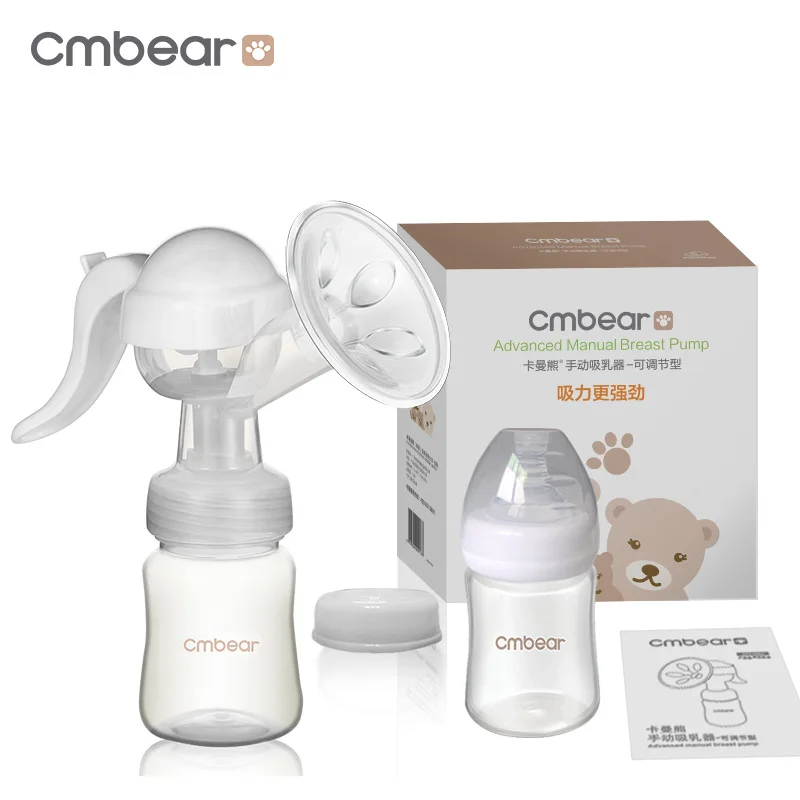 But how would he help me, and how many problems with my breasts would I then be able to avoid. But that's a completely different story. nine0065
But how would he help me, and how many problems with my breasts would I then be able to avoid. But that's a completely different story. nine0065
Since all bad things come to an end, the separation from the baby will quickly end, and therefore there will be no need for a breast pump. In order not to fool your head with a purchase that has become useless - rent a breast pump, paying only for the time of its use.
Cracked nipples
A very unpleasant and painful thing that turns feeding into a real torment. Most often it occurs due to improper attachment of the baby to the breast, and as a result, improper grip of the nipple. nine0003
It is recommended to temporarily reduce breast irritation. The use of a breast pump in this situation has helped more than one mother.
With proper treatment, fissures heal within 2-7 days, and then you can return to breastfeeding. And again - there is no point in buying a breast pump for such a short period of time.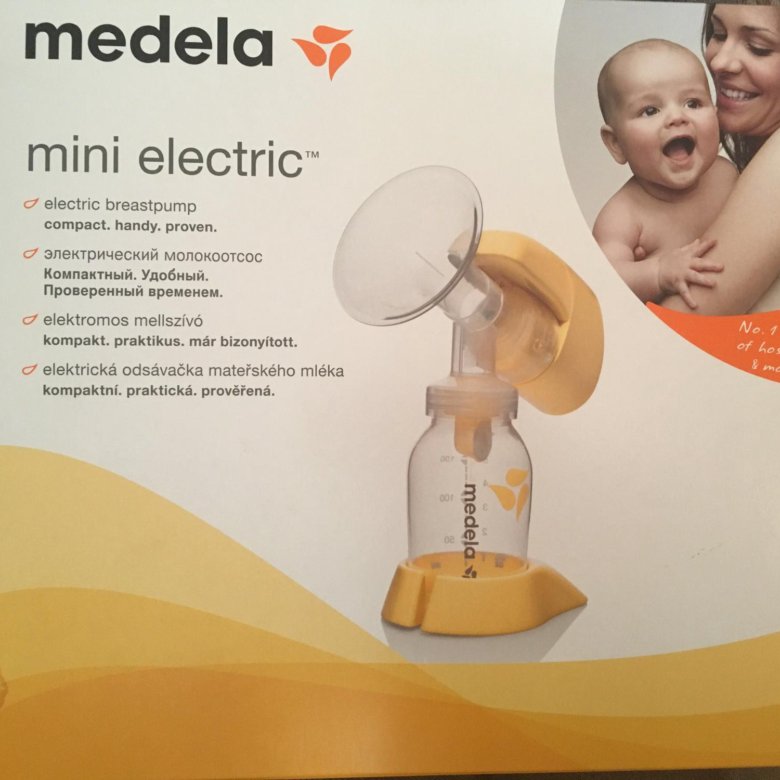
Weaning a baby
Thank God, the meaningless phrase “I tightly bandaged my chest, got a little fever, and there was no milk” is heard less and less. It especially annoys me when I hear such advice to mothers from older women. After all, such manipulations can do more harm than good. nine0003
Why? Yes, because pulling the breast does not help reduce the amount of milk, but only causes a violation of blood circulation in the tissues of the mammary gland, blockage of the ducts with milk clots and the development of edema. And this can lead to very disastrous consequences.
How can a breast pump help in this case?
You only express milk when your breasts are full and only until you feel relieved. So, you artificially reduce the production of milk, reducing it to zero: first you need to express 4-5 times a day, then 3-4, then 2, and then once will be enough. nine0003
This way you will safely and painlessly get rid of milk without harming your breasts and without taking any medications.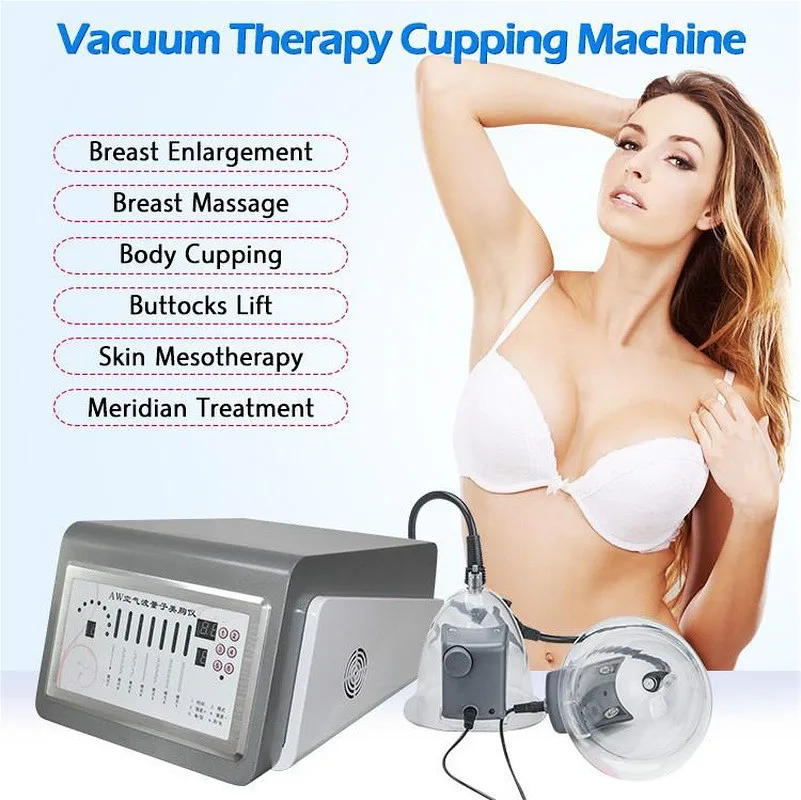
Depending on the volume of lactation, this process will take you 2-5 days.
Well, the most pleasant reason to use a breast pump:
Young mother’s active lifestyle nine0003 Modern mothers lead an active lifestyle and do not plan to slow down with the onset of pregnancy and childbirth. They continue to work, travel, play sports. And therefore, they do not have the opportunity to be with the child all the time. Along with this, modern mothers are conscious mothers: they understand all the responsibility to the baby, and try to give him all the best. And what could be better for the health of the baby than mother's milk ?! Of course, in such cases, the breast pump will be just your personal magician and will help to leave the baby strategic supplies of milk for the time when you are not around. And dad, grandmother, or the nanny can easily feed the little one with a tasty and healthy product - your milk. nine0003 It is clear that in such a situation the breast pump will serve you for a long time, which means that it would be more expedient to buy it than to rent it. But to choose the pump that is right for you, there is a reason to try it in action by renting it. After all, the cost of high-quality breast pumps is measured in thousands of hryvnias, and I really would not want to make such an expensive purchase, so that later it turns out that instead of help, it brings you only pain and disappointment. So we tried to figure out if you need a breast pump when you need it and if it's worth buying. Of course, it is up to you to draw conclusions, but I want motherhood to bring you only joy and no worries! Lesya Taranenko Baby Service partner in Kirovograd 10/11/2015 With the widest range of products on the market, choosing a breast pump can seem difficult. However, don't worry. Our guide will help you find the perfect pump for you and your baby, whether you pump daily or occasionally. nine0003 Share this information While you are pregnant, choosing a breast pump is not your main concern. “Of course, it is better to know in advance which types of breast pumps are available. But you will be able to understand how breastfeeding will develop and which breast pump is right for you only after the baby is born. nine0003 Every mother and baby has specific breastfeeding and pumping needs, and these needs may change over time. Therefore, we will first look at all types of breast pumps available, and then we will dwell in more detail on which breast pump is best suited for certain situations. There are three main types of breast pumps. Understanding their differences will help you determine which breast pump is right for you. nine0003 2-Phase Expression technology reproduces the natural sucking of a baby at the breast. “At the beginning of a feed, the baby suckles in short, quick strokes to stimulate the flow of milk. As soon as milk begins to flow, the baby slows down and sucks more intensively to get as much milk as possible, 1 , explains Naniya, “Medela has developed 2-Phase Expression technology that mimics this sucking rhythm and allows you to express milk more naturally.” 2.3 . All Medela* electronic breast pumps can also be powered by batteries (rechargeable or standard AA). 
How to choose a breast pump - everything you need to know
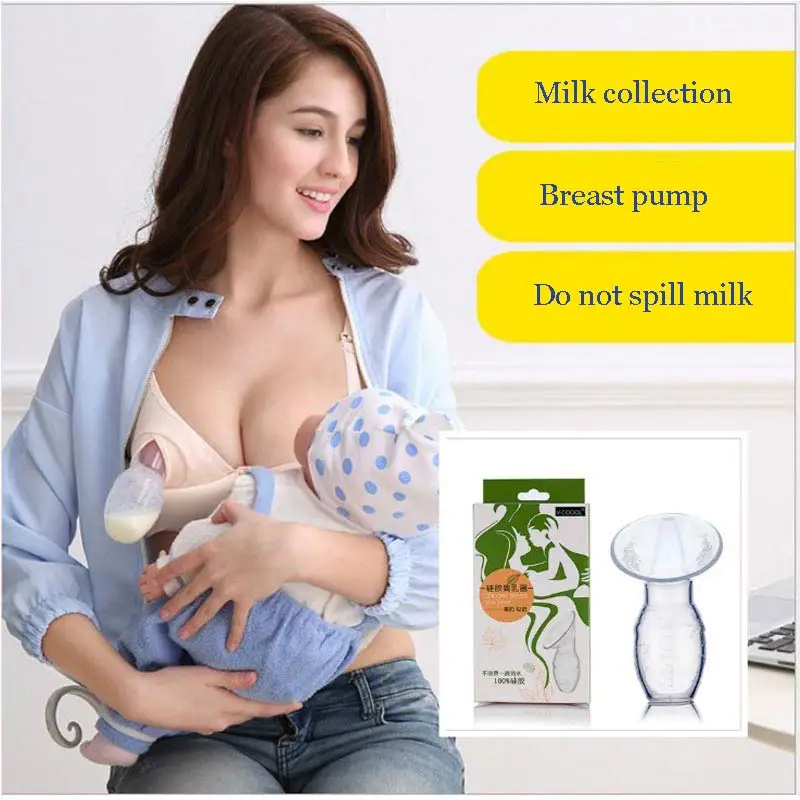 And rightfully so, says Nania Scherer-Hernandez, Director of International Education at Medela: “Before your baby is born, you will probably be busy shopping for baby clothes and various accessories, but choosing a breast pump can wait for now.”
And rightfully so, says Nania Scherer-Hernandez, Director of International Education at Medela: “Before your baby is born, you will probably be busy shopping for baby clothes and various accessories, but choosing a breast pump can wait for now.” Which type of breast pump should I choose?
Manual breast pumps are cheaper than electronic pumps, quieter and more suitable for occasional pumping.![]() However, if you pump frequently with hand models, it will not be easy, because you need to constantly press the handle to create a vacuum. Electronic breast pumps are more convenient to use because the motor does the work for you.
However, if you pump frequently with hand models, it will not be easy, because you need to constantly press the handle to create a vacuum. Electronic breast pumps are more convenient to use because the motor does the work for you.
Single electronic breast pump ideal for occasional pumping. A double breast pump (which expresses milk from both breasts at the same time) is the best choice if you need to pump regularly, whether for medical reasons or due to work.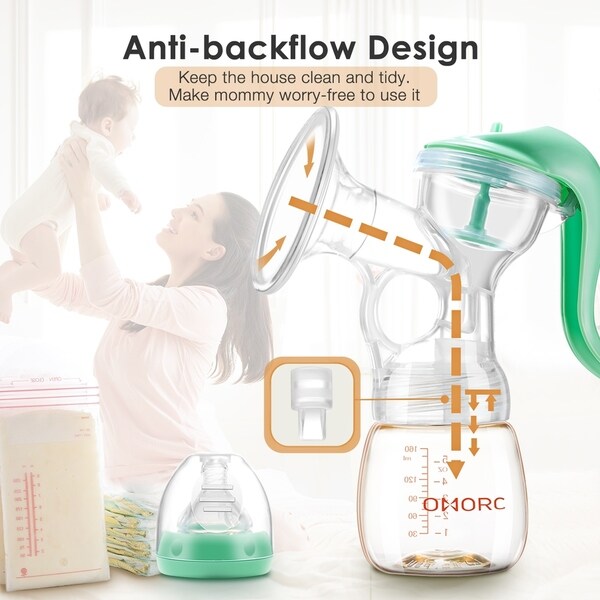 nine0002 Dual breast pumps are twice as fast and deliver an average of 18% more milk than pumping from each breast in sequence. This is a great option for busy moms. In addition, double pumped milk is more nutritious and has a higher fat content 4 .
nine0002 Dual breast pumps are twice as fast and deliver an average of 18% more milk than pumping from each breast in sequence. This is a great option for busy moms. In addition, double pumped milk is more nutritious and has a higher fat content 4 .
If you have to pump multiple times a day or want to use a pump to start and shape your milk supply, you can rent a Medela Symphony* Clinical Breast Pump for as long as you need . The Symphony* breastpump features unique, clinically proven pumping patterns based on scientific research to start, shape and maintain milk production. This breast pump is especially useful for expressing milk in the first five days after the baby is born 5 . Find out if it can be rented in your city.
Why choose a Medela* breast pump?
“Medela believes that to achieve the best results you need to be as close to nature as possible,” says Nania, “We have an impressive track record of participating in research programs that have resulted in important discoveries in the field of breast anatomy and lactation process.
“Understanding nature's mechanisms helps us improve products to support moms and babies,” she continues. “That's why our electronic breast pumps feature 2-Phase Expression technology, and our clinical dual breast pumps have a milk trigger program that mimics a newborn's natural sucking rhythm.” 6 .
Choosing the right pump for your needs and lifestyle
Choosing the right pump for you depends on how often you need to express milk and what stage of breastfeeding you are in 5 . There are three stages in total:
- Launch - first five days
- Formation - from the sixth to the 30th day
- Maintenance - after 30 days
Choosing the right breast pump depends on what stage you are in, as well as your personal circumstances, the needs of your baby and your attitude towards breastfeeding and pumping. Read the options below and decide which one suits you best.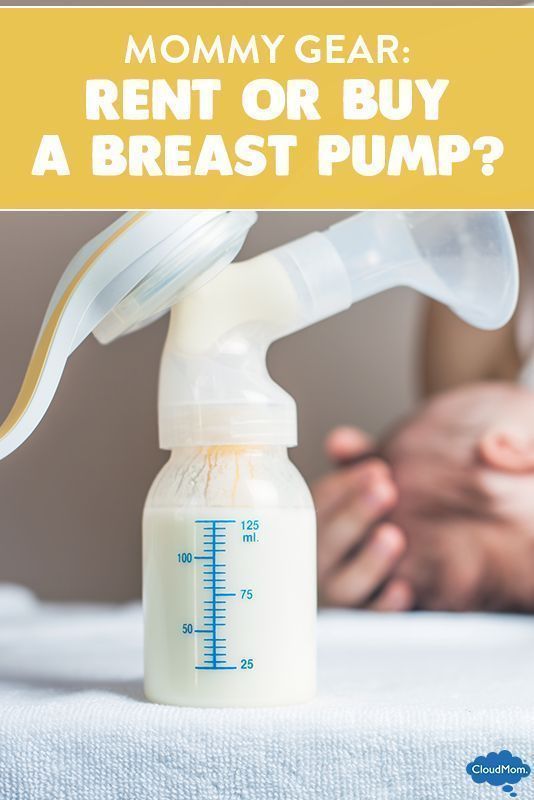
The baby cannot get milk directly from the breast, so I have to express for every feed
Some babies cannot breastfeed because they have difficulty latching or suckling, were born prematurely, have special needs, or are unwell. Sometimes mother and baby have to be separated for treatment. And sometimes mothers want to give their baby all the benefits of breast milk, but are unable to breastfeed. nine0003
“In such situations, the solution to ensure the production of sufficient milk is to use the Symphony* clinical dual electronic breast pump with a program to start lactation in the first hours after birth,” says Nania.
Recommended breast pump
The Medela Symphony* Double Electronic Breast Pump has a unique lactation start program that mimics the newborn's behavior during the first days of breastfeeding with fast sucking movements and long pauses. This behavior of the baby has been shown to stimulate the mother's breasts and promote optimal milk production 7 . “Using the launch program at the beginning of breastfeeding showed good results: in the first 14 days, significantly more milk was obtained than using the standard program” 5.6 , explains Nania.
“Using the launch program at the beginning of breastfeeding showed good results: in the first 14 days, significantly more milk was obtained than using the standard program” 5.6 , explains Nania.
The Medela Symphony* Breast Pump is the preferred choice of many hospitals and maternity hospitals, and in some cities it is also possible to rent one for use at home. Then, after discharge, you can continue to use the pumping technology that your body has become accustomed to and the same pumping accessories. Find out how to rent a Symphony* breast pump on our website. nine0003
“A good double breastpump and top bustier for hands-free pumping is worth it,” says Catherine, mother of two in New Zealand, “My son's nurse explained that with constant pumping, a clinical double breastpump is needed to ensure that the breasts receive the same level stimulation, as if you were putting on a hungry baby.”
I have difficulty starting milk production
In the early days of breastfeeding, babies often have difficulty latch-on and mothers are concerned about milk production.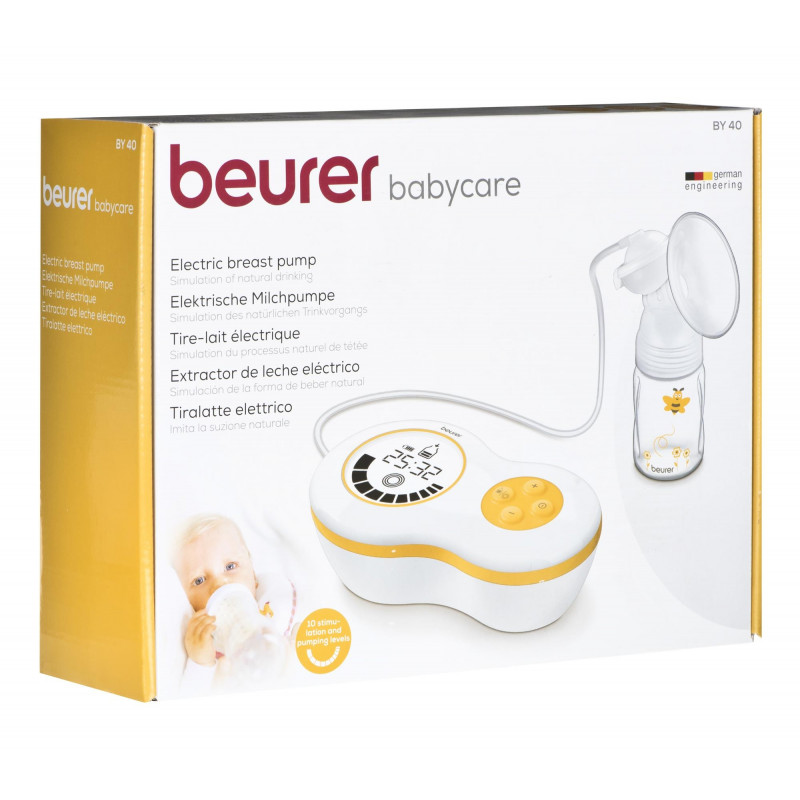 “If you and your baby are having difficulty starting breastfeeding, see a lactation specialist or consultant as soon as possible. A professional can give useful advice on how to attach and hold a child,” says Naniya. nine0003
“If you and your baby are having difficulty starting breastfeeding, see a lactation specialist or consultant as soon as possible. A professional can give useful advice on how to attach and hold a child,” says Naniya. nine0003
If you are still in the hospital or your baby is only a few days old, use the Medela Clinical Breast Pump with lactation start program. This will allow you to start and shape milk production and feed your baby with expressed milk.
It may take you a few days to a few weeks to fully master breastfeeding. Using a double breast pump will allow you to express the maximum amount of milk in the minimum time, and the milk itself will be more nutritious 4 .
Recommended Breast Pump
Since you probably won't need to pump continuously throughout your breastfeeding period, you can rent the Medela Symphony* Clinical Breast Pump, the only clinical breast pump with research-based lactation initiation technology, for rent at short term, for example 1-2 months.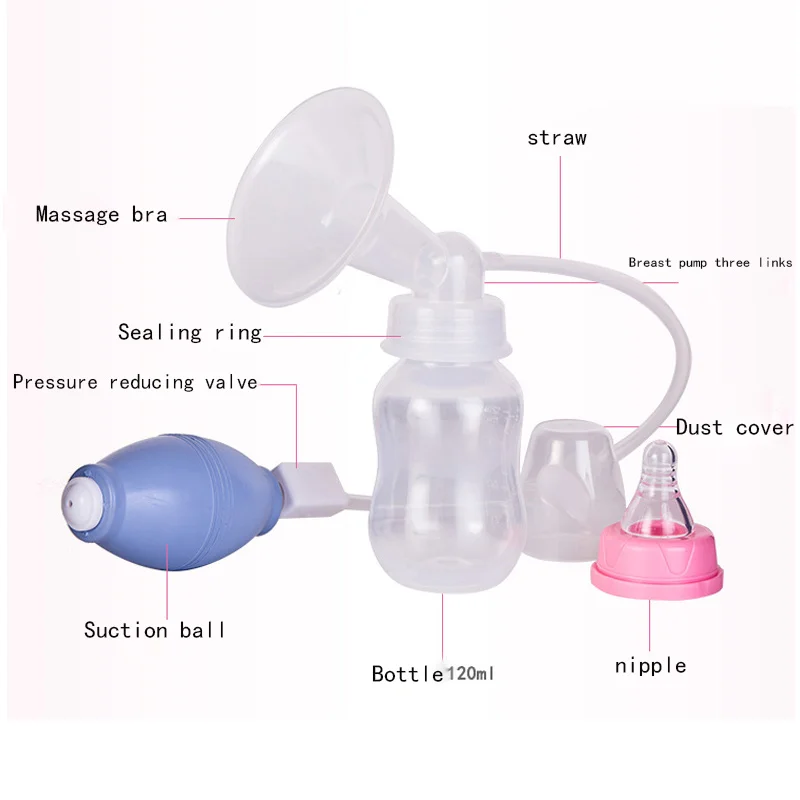
“The Medela Double Breast Pump has been amazing. The midwife advised me to use it as often as possible in order to establish sufficient milk production for my twins, which I did, ”says Anna, a mother of two from the UK. nine0003
If you don't need a starter program, prefer to have your own breast pump, or want to purchase a portable model, opt for a dual electronic breast pump with long life rechargeable battery, such as the Medela Freestyle Flex. Also check out the Medela Swing Maxi Flex* Dual Electronic Breast Pump.
I only breastfeed and want to pump occasionally
If your milk production is already established and you only want to express occasionally, for example so that your partner or babysitter can feed your baby when you are away, a manual or single breast pump is a good choice electronic breast pump. nine0003
Recommended breast pump
Choose between the Medela Harmony* Manual Breast Pump or the Medela Swing Flex Single Electronic Breast Pump*.
“With my first child, I used the Medela Swing* Single Electronic Breast Pump to relieve the symptoms of mastitis, and with my second child, it allowed me to breastfeed him in the nursery. This is one of the few brands whose breast pumps fit comfortably on my nipples,” says Victoria, mother of two from Australia, “This breast pump was just perfect. It was quiet and fast, it didn't take long for the milk to come in, and thanks to the batteries, I could use it even if there wasn't a power outlet nearby." nine0003
I'm returning to work and want to feed my baby with expressed milk
As a working and breastfeeding mom, you'll probably be pumping every day for several months and want to take your pump with you to work.
Recommended breast pump
A lightweight and portable breast pump, such as the Medela Swing Maxi Flex* or Medela Freestyle Flex double electronic breast pump, is ideal for you. It will allow you to express more milk in less time, which is very convenient if you only have a short break for pumping.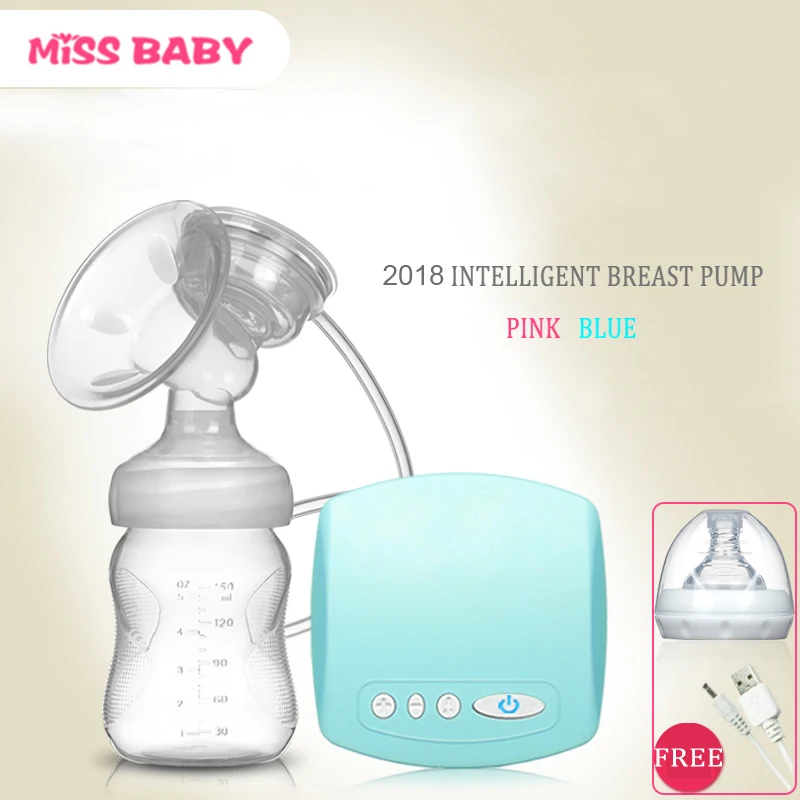 nine0003
nine0003
“I continued breastfeeding when I went to work. Fortunately, my boss was supportive and allowed me to take breaks to express my milk. I had a Medela Swing Maxi* breast pump and could even pump on the tram on my way to work!” recalls Sarah, mother of two from Australia.
We hope that now that you have an idea about the types of breast pumps available, you will better understand which pump is right for you. “Remember, it's not just the pump itself that's important for successful pumping. The time and place of pumping will also affect how much milk you get. And it is equally important that the funnels of the breast pump fit correctly to the breast, ”says Naniya. nine0136 Mitoulas L.R. et al. (Mitulas L.R. et al.) Effect of vacuum profile on breast milk expression using an electric breast pump . J Hum Lact. (Journal of the International Association of Lactation Consultants) 2002; 18(4): 353–360.

